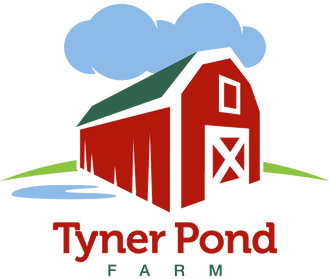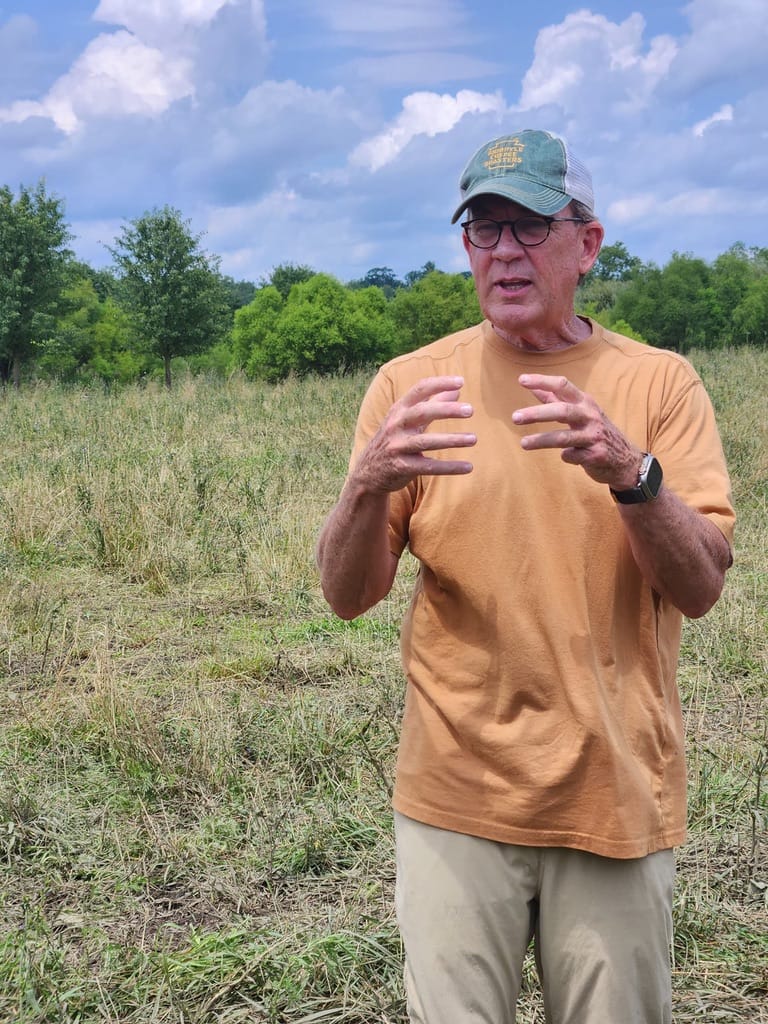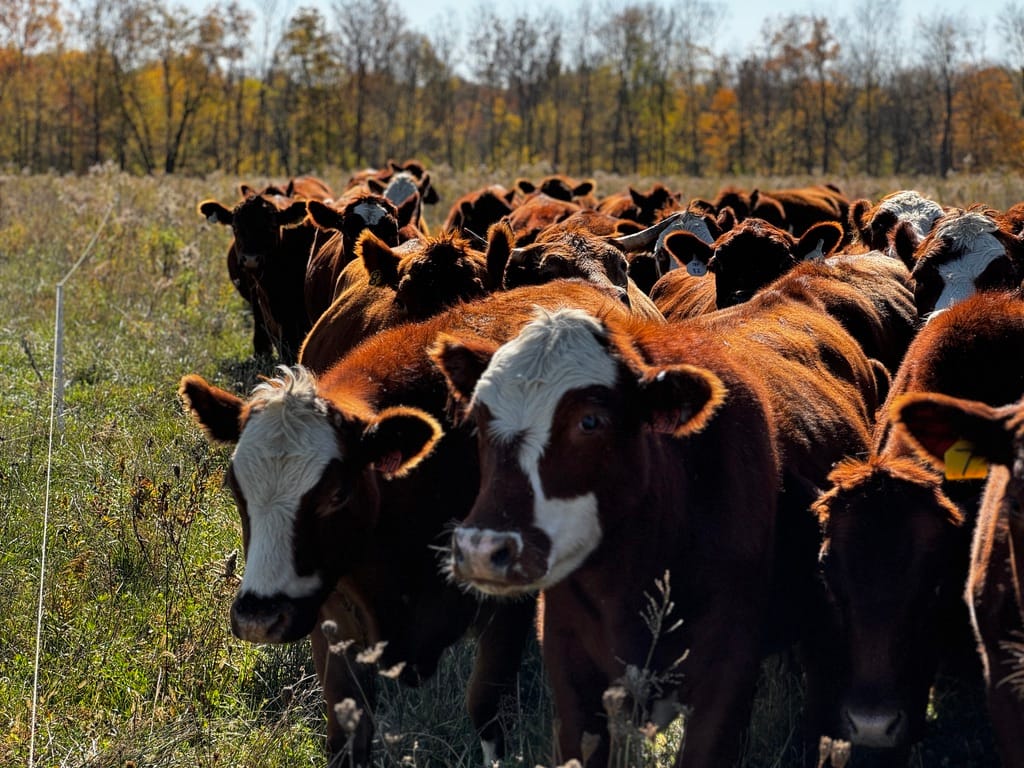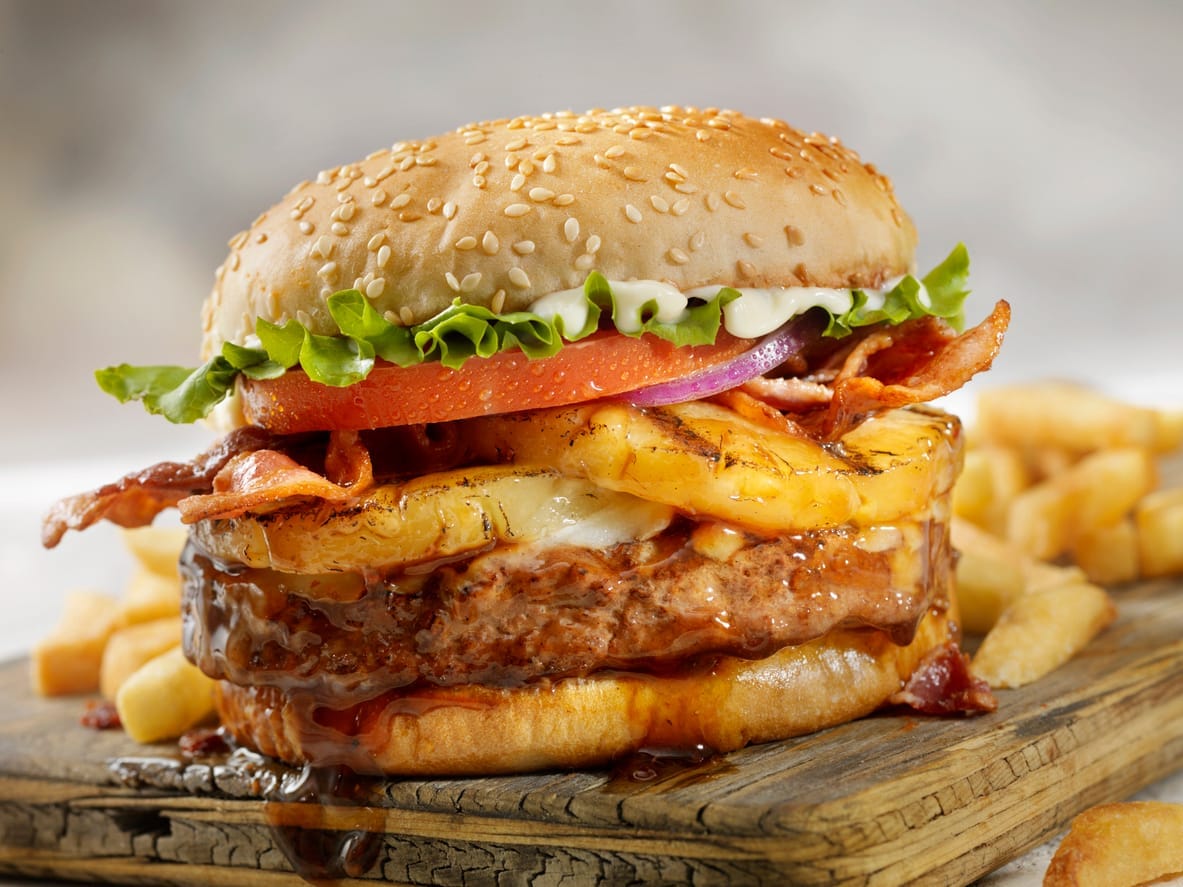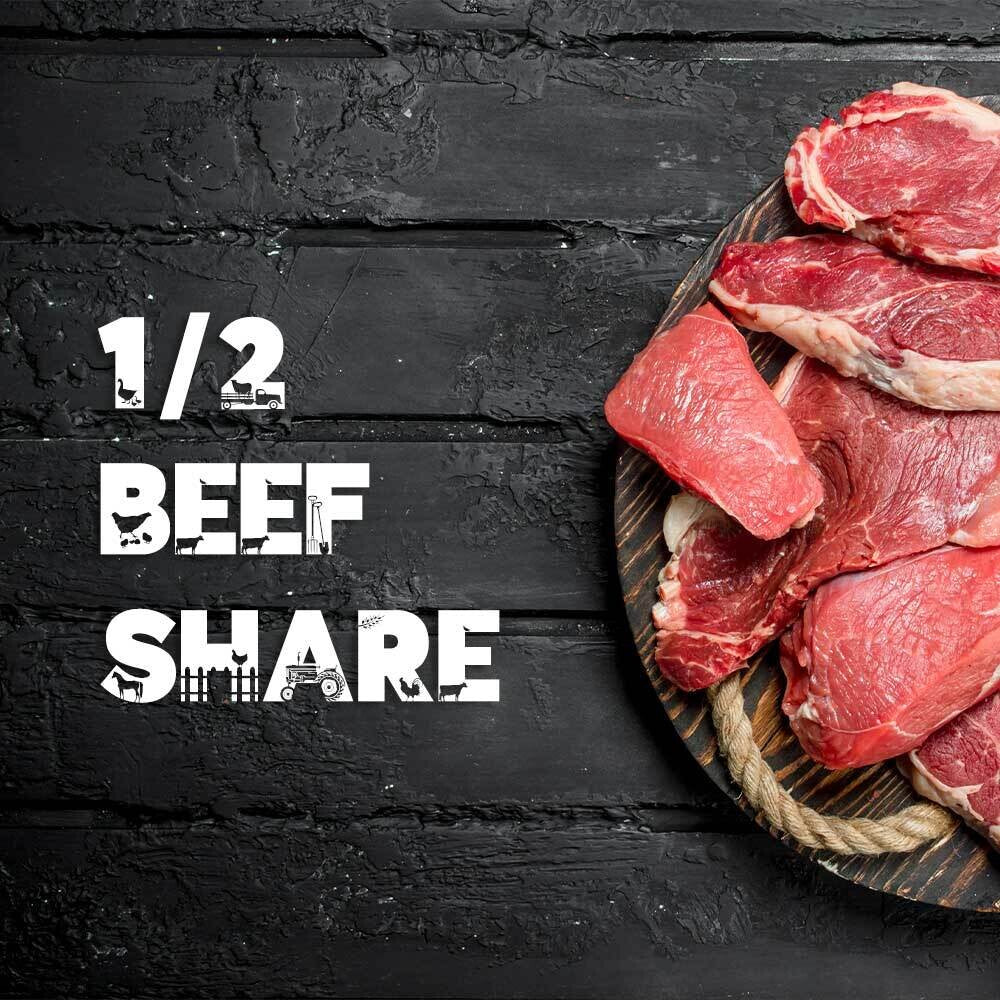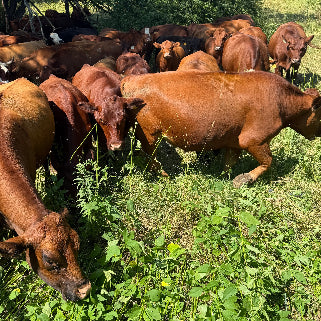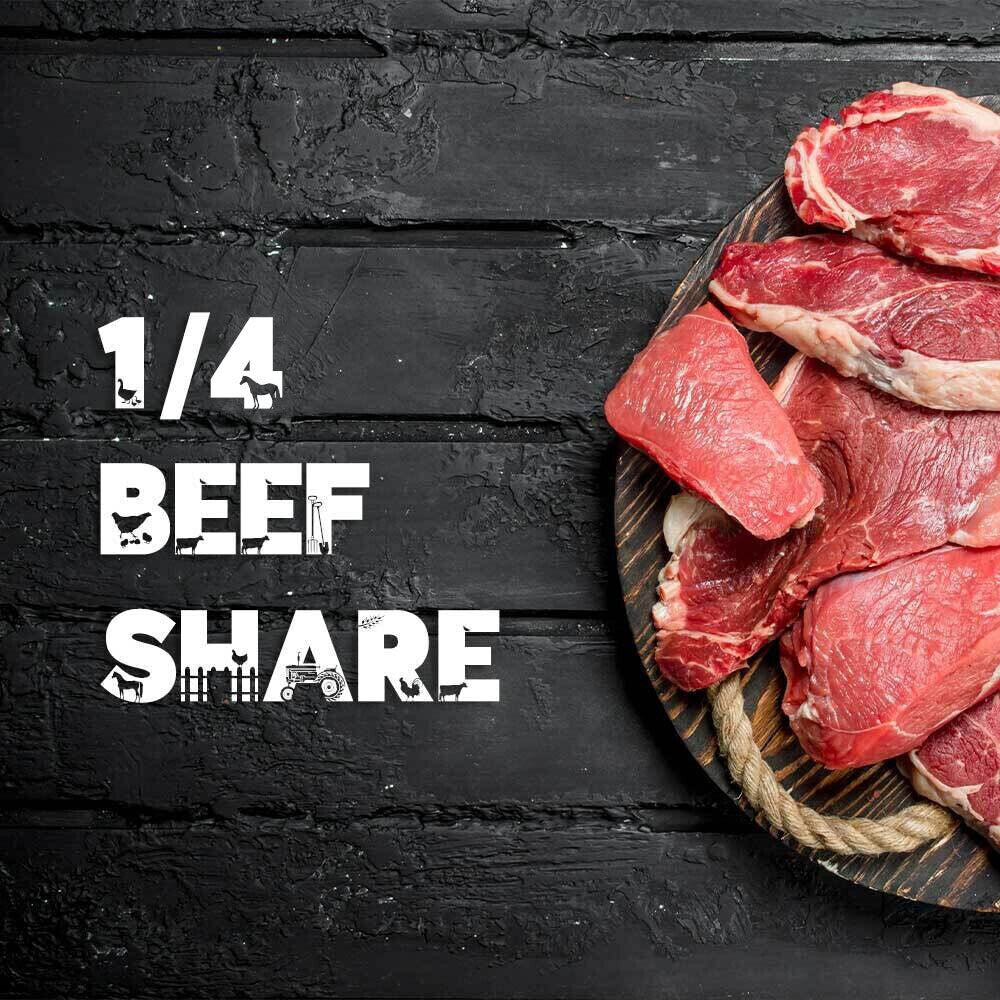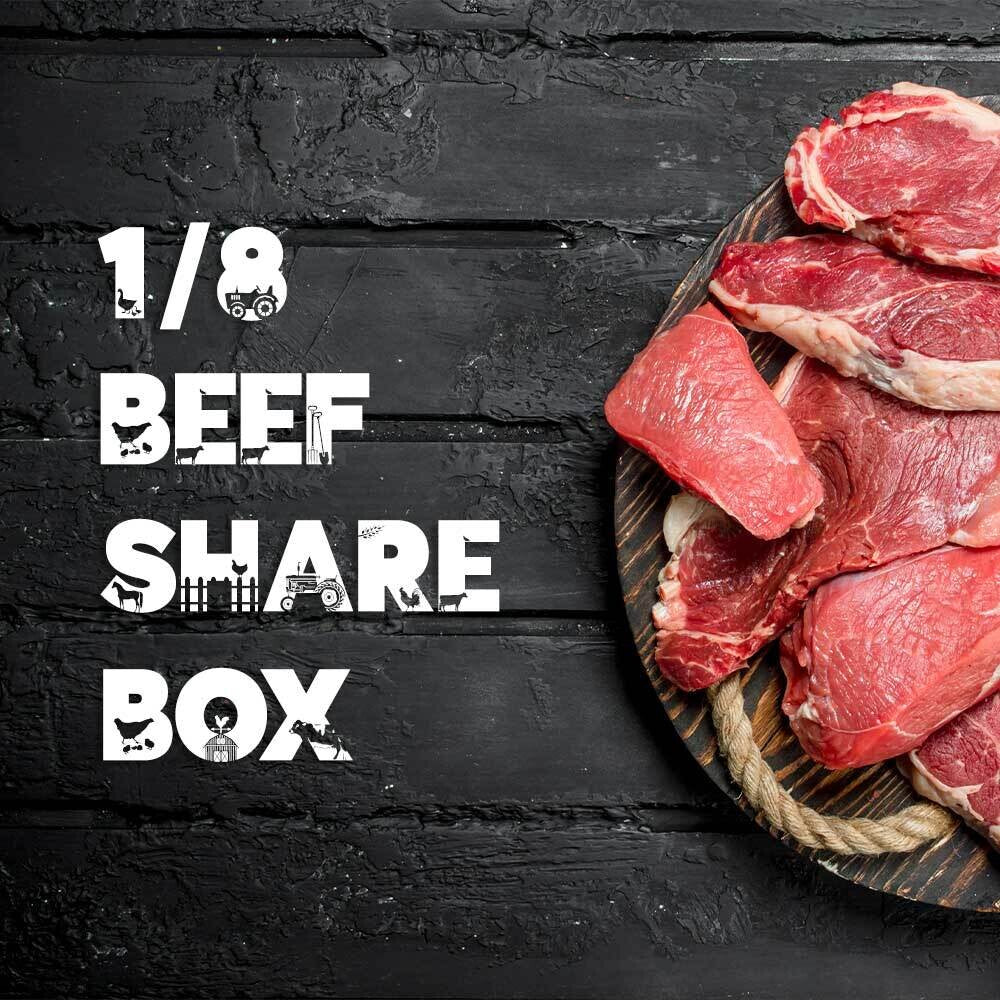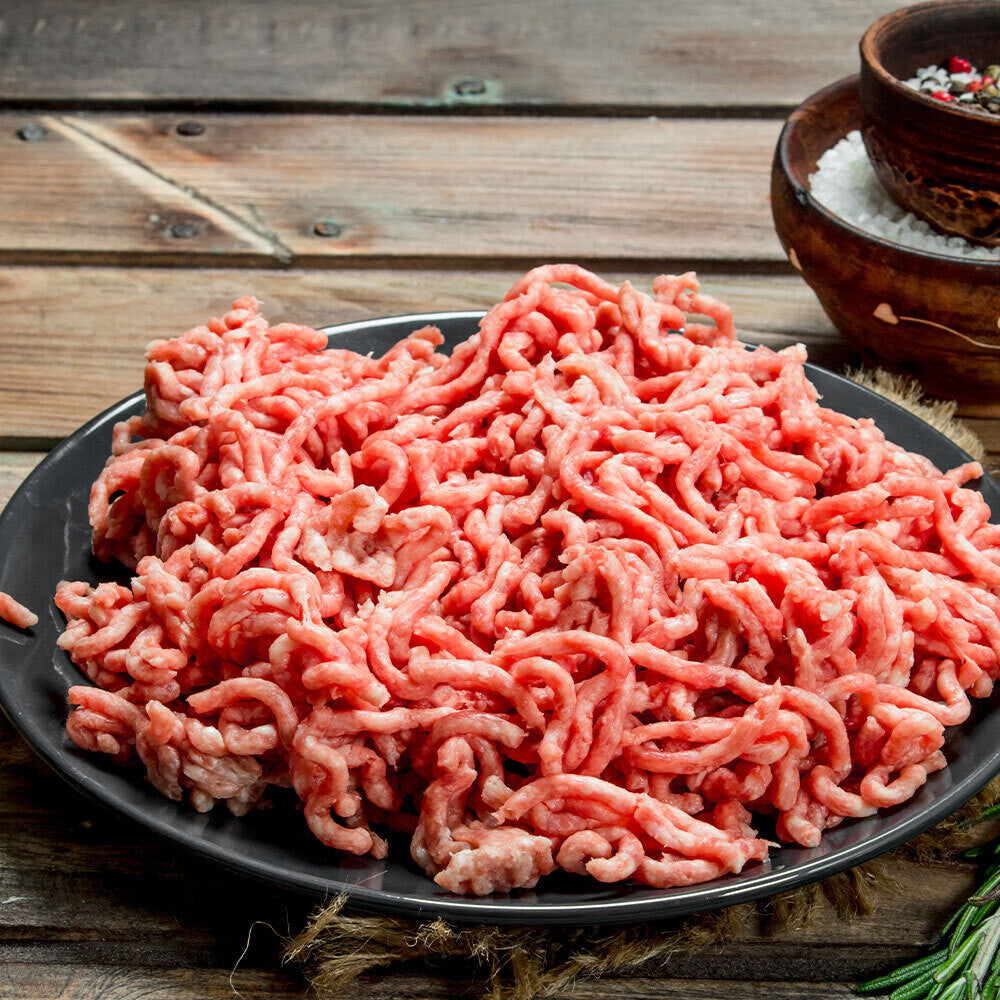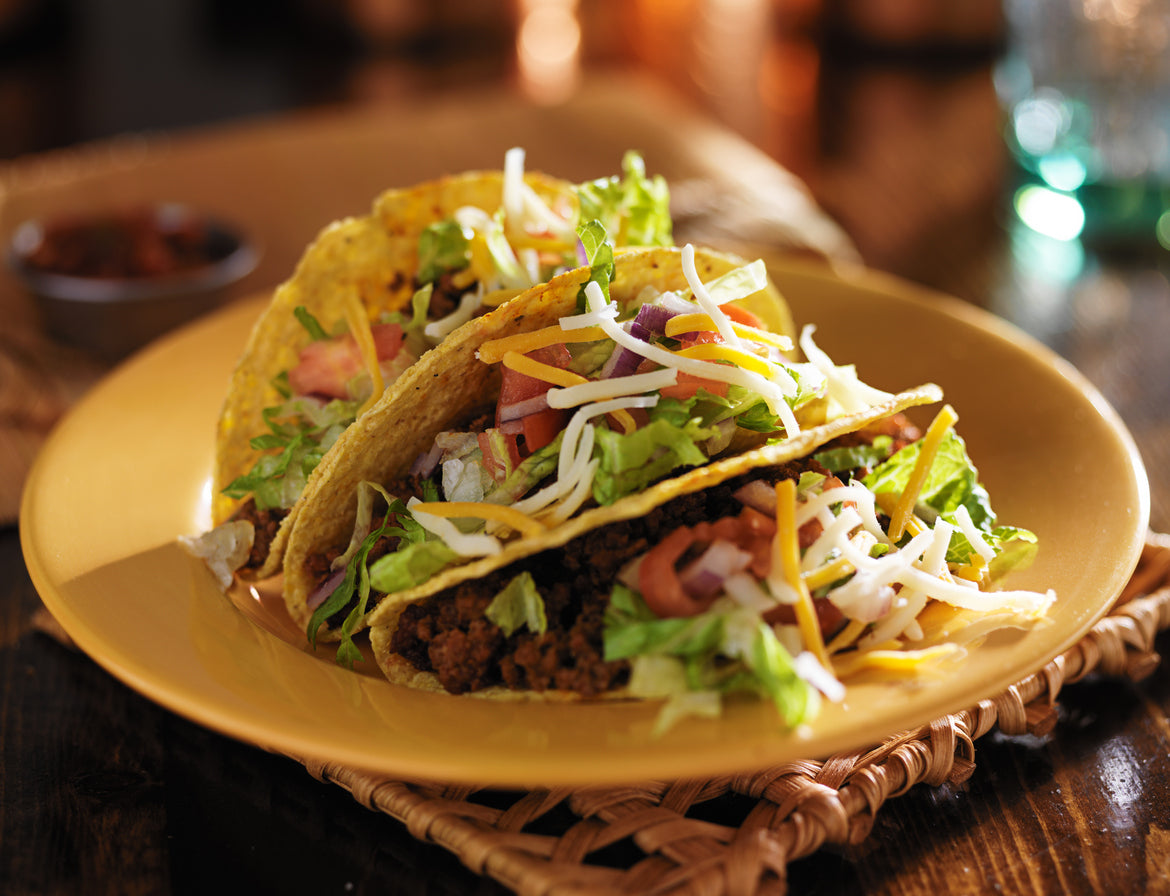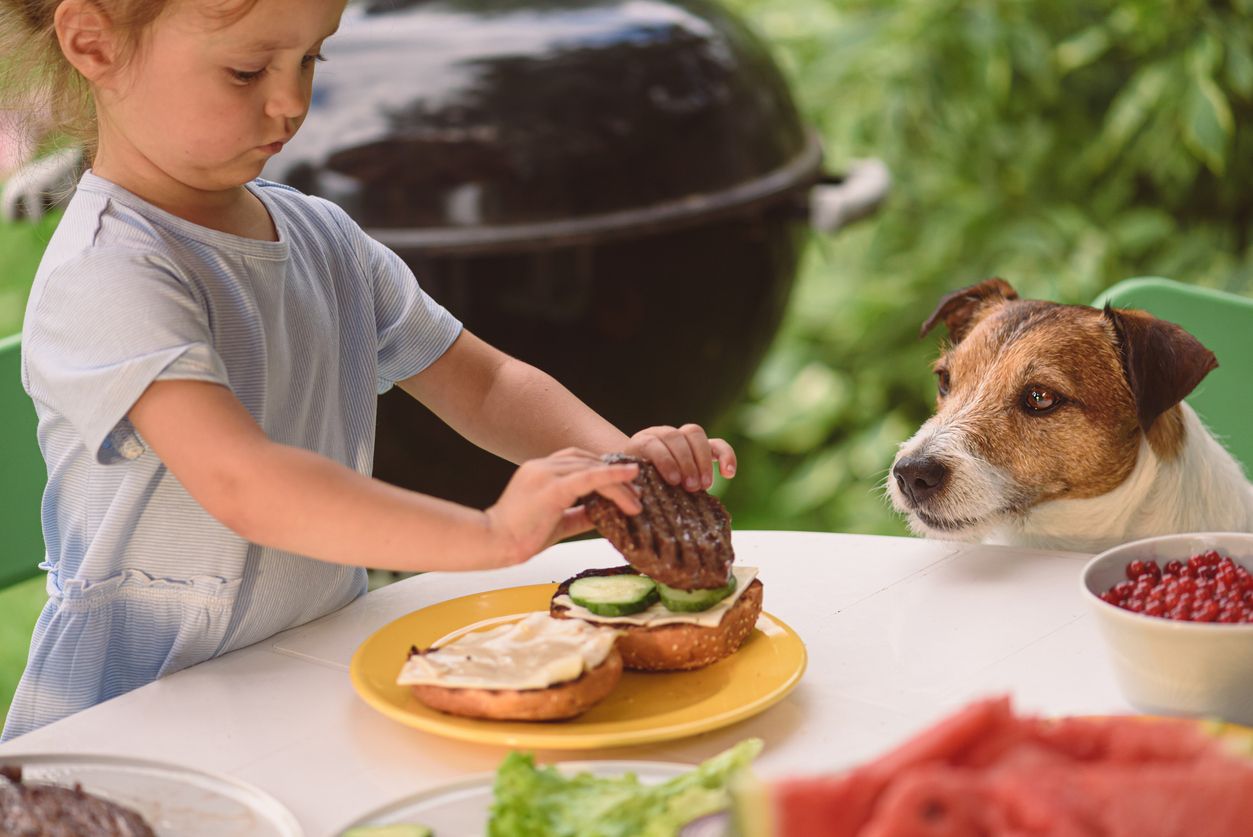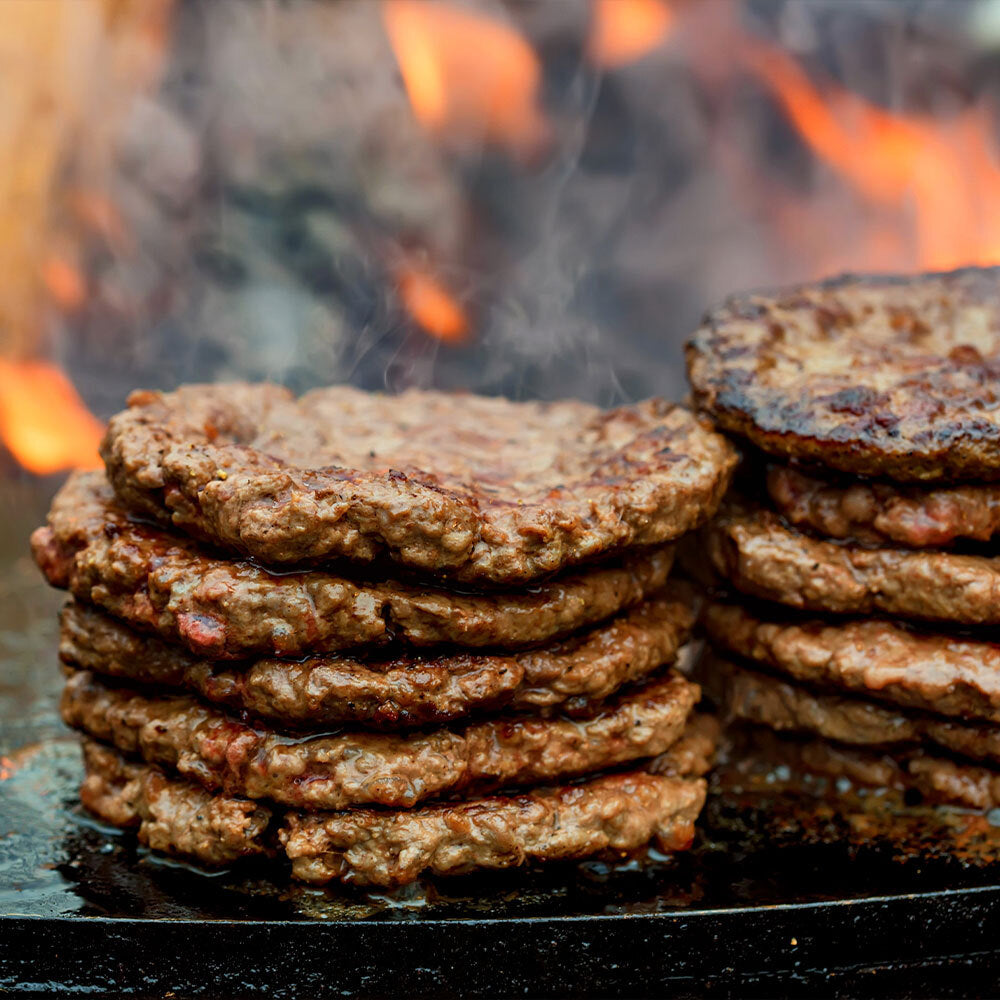
The Truth About Grass fed Beef (Part 2)
Here we are going to focus on the Local part of supporting Grassfed Beef. In this post I want to talk about the Environmental Impacts of a global food system. I might also broaden the scope of "‘Environment”. After all, the environment isn’t just nature is it? Its also community environment.
But let me start with the natural environment. Can we all agree food miles have a negative effect on the environment? Food miles are basically the sum of all the miles accumulated in a system to produce some kind of food.
Conventional and even Grassfed Beef Offers a great example. Calves are born on mostly smaller farms all over the country, they are consolidated and shipped to feedlots located mostly in the west. Feed, consisting of midwestern corn and irrigated alfalfa grown in the southwest are shipped cross country to the feedlots. From there the cattle are shipped to processors located in the upper midwest (Nebraska being the largest beef processing state). From there Beef is sent out to giant distribution centers where it may be further processed and sent on to smaller distribution centers until it’s ultimately trucked again to the local grocery store. The system truly is amazing from a logistical standpoint, but not ideal for the natural environment.
There is also beef that’s imported from other countries. According to the industry group Beef2Live; U.S. beef imports from Brazil are up 91% so far in 2022. When you hear about deforestation in the Amazon this is why.
There is a bigger problem with the Grassfed Beef you find in Grocery stores or buy from national online markets (ButcherBox, etc…). According to a study published by Stone Barn Centers and others.
“One of the major challenges facing U.S. producers is cheap imports of grassfed beef. These imports account for an estimated 75-80% of total U.S. grassfed beef sales by value.” “American consumers are often not aware that they are buying imported beef: As long as the imported beef passes through a USDA-inspected plant (which, for food safety reasons, is a requirement for all imported beef), it can be labeled as a “Product of the USA.”
Most of this imported grass fed beef is coming from Australia….there a lot of food miles between Australia and central Indiana.
Here in Indiana we are very fortunate to have a very robust State Meat Inspection system that supports many small processors. Our processor is only 15 minutes away. We don’t ship, We deliver for free on routes no further than 70 miles from Greenfield, IN. There aren’t to many food miles in our system.
That gets to the Community as an Environment.

We all know the statistic about how the average age of farmers is getting older and older. We hear about younger generations not wanting to come home to the farm. There is a lack of control in a global system that has been devastating to rural America. Young people move away and don’t come back….gutting a community
We are just a small farm in one small town in Indiana, but all three of these happy young people moved from other places to live in Greenfield and work with Tyner Pond Farm. Look online at other Grassfed Beef farms and you”ll see similar looking people….this is fulfilling work.
The point of this post: If you believe food miles have a negative environmental and community impact, please passionately support local regenerative farms.
Did you know we also rescue calfs from the feedlot system? Through our Calf Rescue program, we buy baby calves from farms and ranches who would normally ship their stock to feedlots. Instead these rescue animals are able to express their full natural life on pasture as part of our Grassfed Beef Farm. You can learn more about this program here...